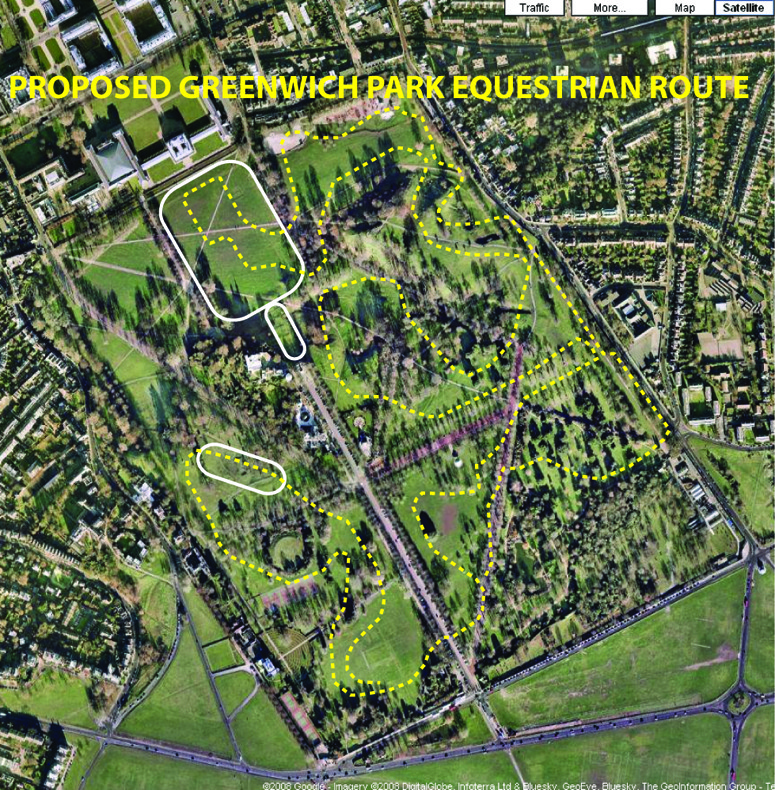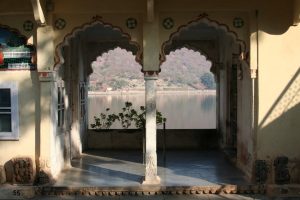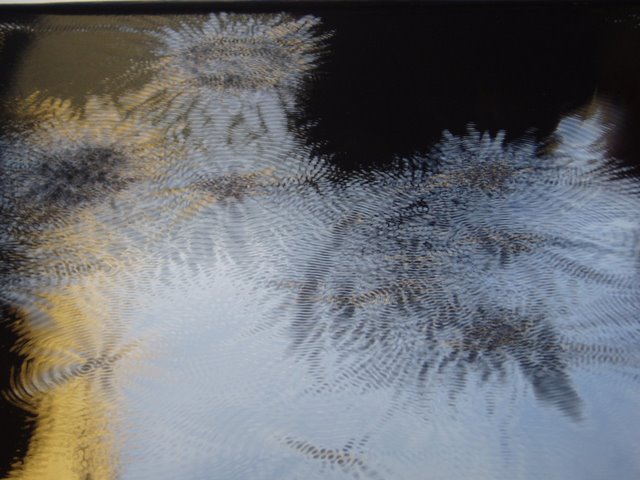 Greenwich residents mostly oppose the plan to convert ‘their’ park into what the organizers call ‘A world-class venue on your doorstep‘. I support them but believe that, as at public inquiries, the objectors should also have a list of conditions to be imposed on the developers in the unwelcome event of permission being granted. For the horse riding events in Greenwich Park, this should include:
Greenwich residents mostly oppose the plan to convert ‘their’ park into what the organizers call ‘A world-class venue on your doorstep‘. I support them but believe that, as at public inquiries, the objectors should also have a list of conditions to be imposed on the developers in the unwelcome event of permission being granted. For the horse riding events in Greenwich Park, this should include:
- extensive protection and conservation of ALL historic landscape and architectural features
- even more protection for the most ancient artefacts in the park: the remains of a roman temple and the Saxon burial mounds. The greatest possible care should go to the vestegial grass on the burial mounds: it may be the most ancient grassland in the whole of South London.
- a full archaeological investigation and restoration of the Le Notre parterre. This is the only work in England by the greatest landscape designer of the seventeenth century and, some will argue, the greatest landscape architect who ever lived. The parterre is currently managed as though it were a football pitch. The lawn and its chiseled grass banks should be maintained with the precision they deserve.
- the Giant Steps which ran up the axis from the parterre to the Greenwich Observatory should be restored using modern grass reinforcement techniques. They were the central visual component of the seventeenth century design for Greenwich Park. Restoration has been considered on several occasions. The proposed 2012 Olympic Equestrian Event creates an opportunity to act.
Unless the 2012 organizers can demonstrate beyond reasonable doubt their willingness to leave Greenwich Park in better condition than they find it, they should be thrown into the deepest dungeon in the Tower of London, thus creating what would undoubtedly be a popular tourist attraction. I will supply the salt beef and when dropping it in will ask “Why not use Charlton Park instead?”
Note: for more discussion see article on The Conservation of Greenwich Park.
See also Mass Protest against Greenwich Olympic Equestrian Event
A revised plan for the equestrian route was published in The October 2009 “Greenwich Park Venue Update”. It is shown below, on a Googlemap. Their plan shows it avoiding the Anglo-Saxon Tumuli but without a geophysical survey how can they be sure?


 More design (cities, architecture, landscapes, gardens etc) should be more context-sensitive:
More design (cities, architecture, landscapes, gardens etc) should be more context-sensitive:


